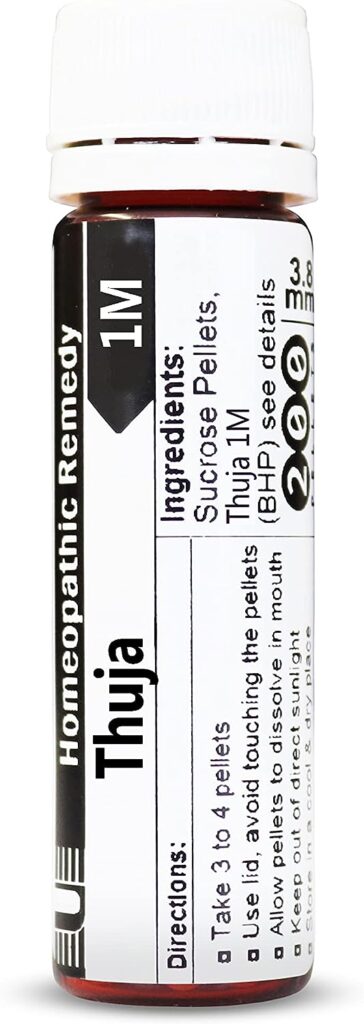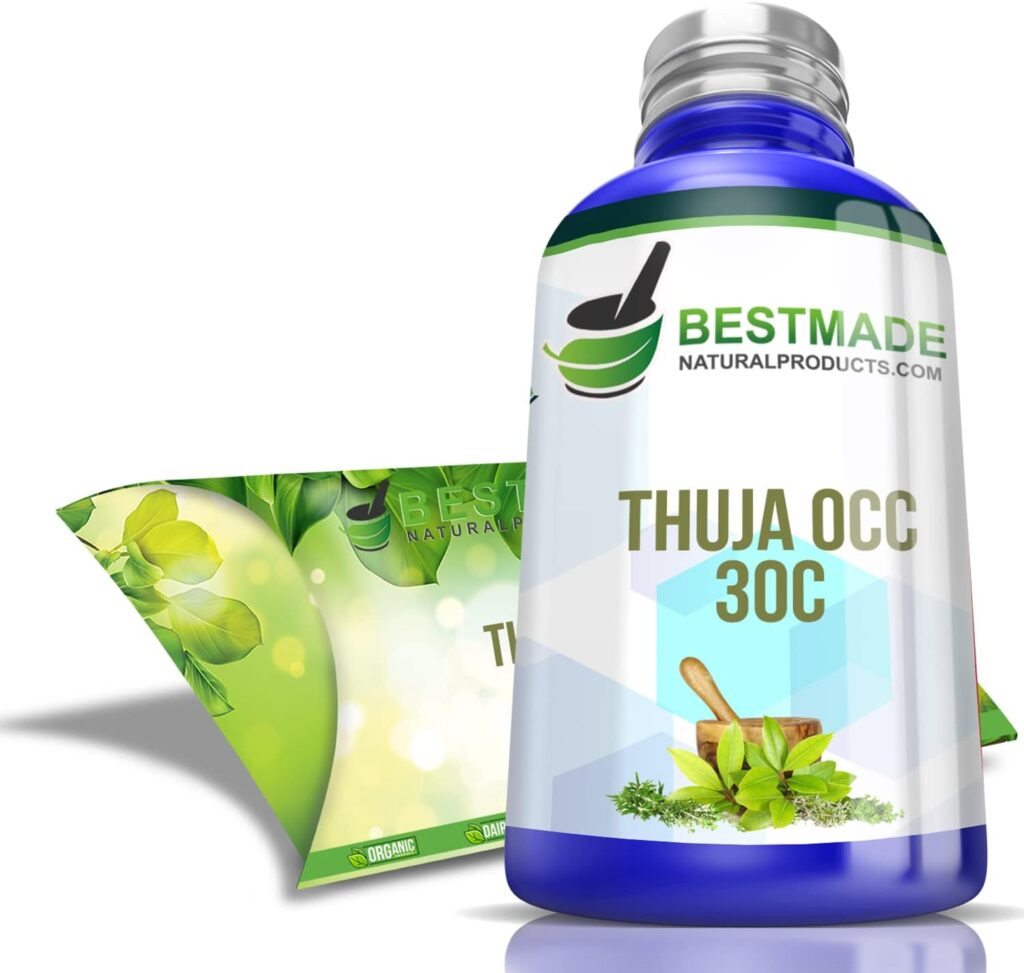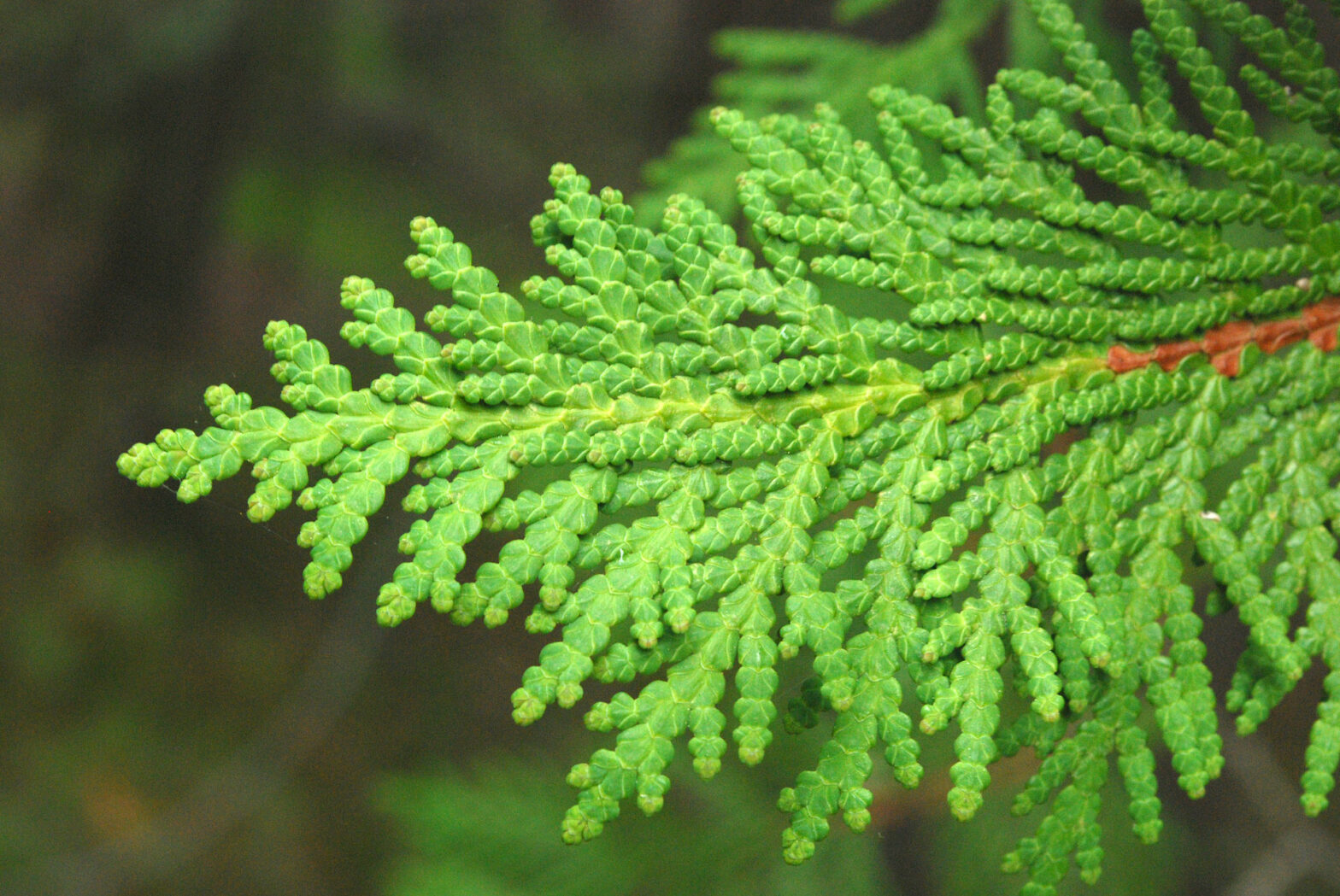Thuja occidentalis, known by various common names including northern white-cedar, eastern arborvitae, and tree of life, is a coniferous tree that has transcended its physical attributes to become a profound remedy in the realm of homeopathy. However, its therapeutic significance extends beyond its botanical identity.
Individuals who necessitate Thuja grapple with profound issues related to self-esteem and self-worth. Their inner landscape is marred by a pervasive sense of worthlessness and unattractiveness. This internal turmoil leads to a belief that they are fundamentally unlovable, a notion that compels them to construct elaborate facades to mask their perceived inadequacies. The desperation to conform and the fear of rejection drive them to hide behind carefully constructed personas. This facet of Thuja serves as a critical anchor in understanding its therapeutic application.

Food and Cravings:
Thuja presents a nuanced relationship with certain foods. These individuals may exhibit cravings for, aversions to, or sensitivities related to onions and sometimes garlic. In tandem, they harbor a desire for tea. Their vulnerability is exacerbated by cold, wet weather, and their discharges, whether pus or mucus, often bear the distinctive hue of yellow-green or green. While various bodily systems can be affected, the urogenital and integumentary systems take precedence. Notably, their symptoms typically manifest more prominently on the left side of the body. Further peculiarities include pain sensations localized to “small spots” and the intriguing phenomenon of chronic complaints experiencing relief during concurrent head colds.
Mental and Emotional Symptomatology
The mental and emotional landscape of individuals necessitating Thuja is marked by profound challenges. Low self-esteem pervades their self-concept, intertwined with feelings of unworthiness and unattractiveness. A pervasive belief haunts them, asserting that they are fundamentally unlovable if their true selves were exposed. Consequently, they resort to secrecy, meticulously concealing facets of their personalities that they deem undesirable.
This remedy is characterized by fixed ideas and delusions that verge on the surreal. Some individuals perceive a sense of somatic animation within their abdomen, as if something were inexplicably alive and in motion. Others grapple with delusions of pregnancy or a brittleness akin to glass, as if they could shatter at the slightest touch. Additionally, an intriguing verbal quirk is observed in the form of mumbling the final words of sentences, a distinctive trait associated with Thuja.
Head and Facial Manifestations
Thuja often leaves its indelible mark on the head and face. Characteristic left-sided headaches, localized to the temple or forehead, are likened to the sensation of a nail piercing the skull. Eyebrows bear witness to a peculiar transformation, as they tend to thin or even vanish from the outer edges inward. Facial warts and tumors, particularly on the eyelids, frequently make an appearance in those requiring this remedy.

Abdominal Sensations and Cutaneous Expression
Within the realm of physical symptoms, the abdomen becomes a focal point for individuals under the sway of Thuja. They experience an uncanny sensation as if something within their abdomen is alive, moving with an eerie vitality. Cutaneous manifestations further underscore the remedy’s complexity. Skin tags, tumors, and growths are often observed, testifying to the remedy’s profound influence on the integumentary system. Additionally, Thuja leaves its imprint on nail health, precipitating problems in this domain.
In summation, Thuja occidentalis emerges as a remedy enigmatic in its multifaceted therapeutic application. Its profound impact on the mental and emotional landscape, coupled with distinctive physical manifestations, underscores its significance in the intricate tapestry of homeopathic remedies.
Urogenital and Female Manifestations:
Within the realm of urogenital symptoms, Thuja occidentalis unfurls its distinctive characteristics, offering valuable insights into its therapeutic application. Notably, a peculiar presentation often encountered in males is a forked stream of urine. This idiosyncratic symptom, characterized by the division of the urinary stream, distinguishes Thuja within the homeopathic materia medica. Furthermore, genital warts and herpes, particularly in the male population, align with the remedy’s broader theme of cutaneous manifestations, underscoring its systemic influence on the integumentary system.
The female reproductive system bears witness to the nuanced impact of Thuja. Tumors, cysts, and fibroids manifest within this sphere, offering a unique lens through which to understand the remedy’s influence on the female physiology. This constellation of symptoms underscores Thuja‘s relevance in addressing a spectrum of gynecological concerns, from benign growths to cystic formations.

Sleep Patterns and Dreamscapes:
Thuja‘s influence extends into the realm of sleep, with distinct patterns and dream phenomena. Individuals who resonate with this remedy often find solace in the left lateral position during slumber. This preference for left-sided sleeping aligns with the remedy’s broader predilection for symptoms localized on the left side of the body. Additionally, dreamscapes of falling frequently punctuate their nocturnal experiences, further enriching the tapestry of Thuja‘s characteristic symptomatology.
In conclusion, Thuja occidentalis presents a multifaceted clinical portrait, encompassing urogenital and female manifestations that provide valuable diagnostic and therapeutic insights. The remedy’s distinctive impact on sleep patterns and dream phenomena further enhances its characterization within the realm of homeopathic therapeutics.
More Information About Thuja Occidentalis: Hahnemann’s Anti-Sycotic Paradigm
In the annals of homeopathic therapeutics, Thuja Occidentalis emerges as a pivotal remedy, notably recognized by Hahnemann as the preeminent anti-sycotic agent. This designation underscores its profound efficacy in addressing a spectrum of pathologies characterized by proliferations or pathological vegetations, including condylomata, polypi, warts, and sycotic excrescences. Such manifestations often serve as hallmark indications for the utilization of Thuja in clinical practice.
The remedy’s clinical purview extends to individuals grappling with deleterious effects following vaccination, encapsulating the distinctive phrase “never well since.” Thuja finds its niche in cases intertwined with suppressed gonorrhoea, aptly suited to ameliorate ailments that follow in the wake of this suppressed miasmatic expression. A particular urogenital manifestation, namely urethritis, prevails among sycotic patients, refractory to interventions with Cannabis sativa. This symptomatology is characterized by a split stream of urine, post-urination cutting pains, and thick discharges.
Thuja‘s thermal proclivities include a propensity to sweat exclusively on uncovered body regions, signifying a pronounced hydrogenoid diathesis. The remedy’s modality profile reveals heightened susceptibility to exacerbations in cold and damp atmospheric conditions, as well as post-vaccination repercussions and the immoderate consumption of tea. Conversely, amelioration is witnessed through the retraction or drawing up of limbs, offering a therapeutic key for the discerning practitioner.
In the broader context of Hahnemann’s miasmatic theory, Thuja finds its place as the chief anti-sycotic remedy, working synergistically with Sulphur (anti-psoric) and Mercury (anti-syphilitic). This triumvirate of remedies operates to rectify systemic conditions that impede the efficacy of seemingly well-indicated remedies. While Thuja‘s purview encompasses diverse pathologies, it particularly excels when the sycotic miasm is distinctly evident.
In practice, the remedy’s influence extends beyond cutaneous manifestations, demonstrating efficacy in cases where warts, condylomata, or fig-warts emerge as sequelae of gonorrhoeal afflictions, especially those subjected to suppression. This illustrative case of enuresis, resistant to previously indicated remedies, yielded to the healing touch of Thuja upon the discovery of warts on the patient’s hands.
In summation, Thuja Occidentalis embodies a profound and multifaceted remedy, intertwined with the warp and weft of Hahnemann’s miasmatic theory. Its clinical relevance reverberates through its capacity to mitigate an expansive spectrum of pathologies, punctuated by sycotic expressions. Thuja stands as a venerable sentinel in the homeopathic materia medica, poised to address a myriad of conditions that resonate with its characteristic symptomatology.
